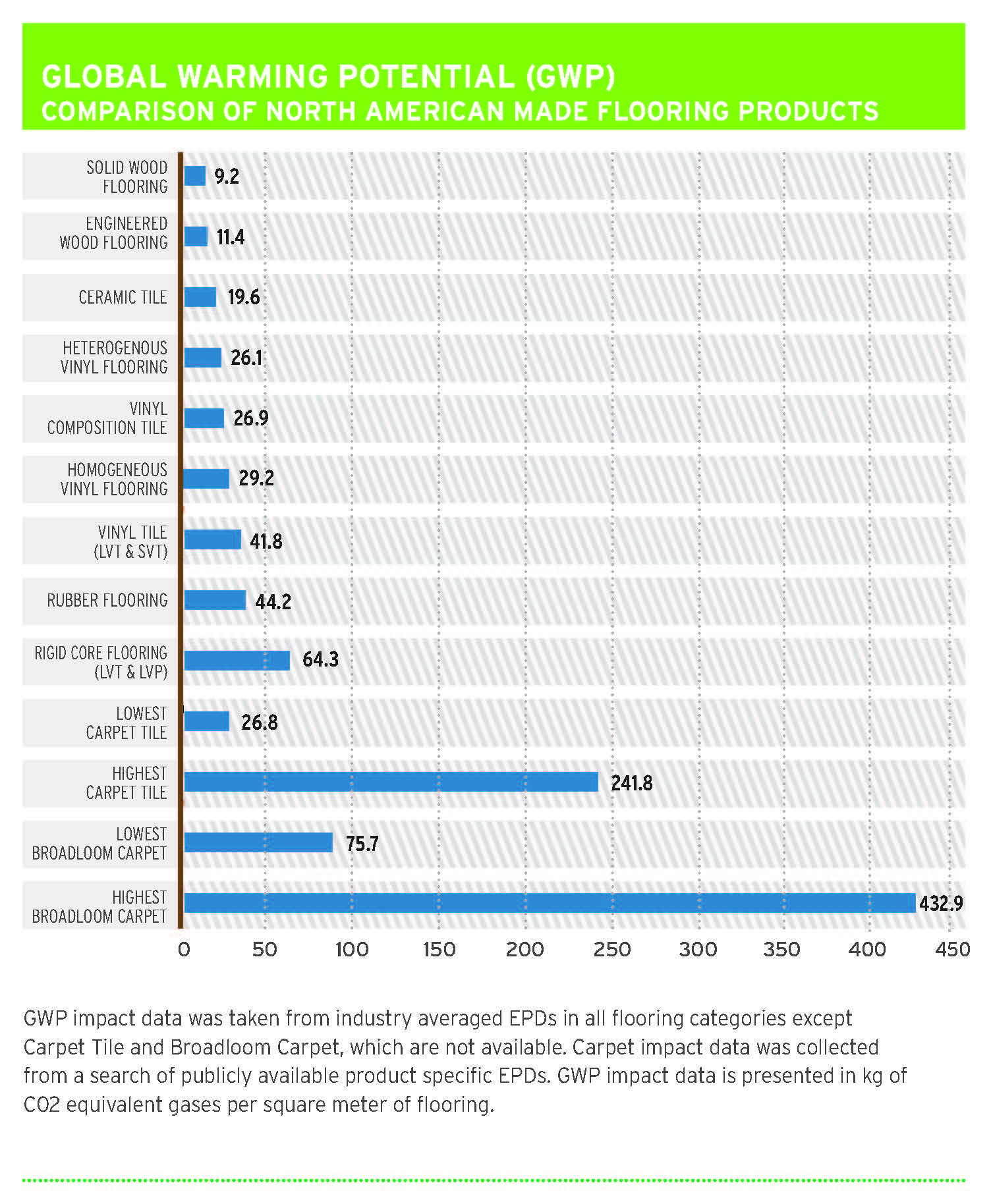NWFA, DHA Unveil Environmental Product Declarations

The National Wood Flooring Association (NWFA) and the Decorative Hardwoods Association (DHA) have announced the completion of comprehensive Environmental Product Declarations (EPDs) for wood flooring products.
EPDs are a means to verify a product’s environmental impacts by providing objective, scientific data that quantifies how a product is made and its effects on the environment throughout its entire life cycle.
"For years, flooring manufacturers across all categories have marketed their products as environmentally friendly, but concrete data to support these claims has been scarce, until now," said NWFA President and CEO Michael Martin. “These tools offer a straightforward way to cut through the confusion and identify environmentally responsible, real wood flooring products that will withstand the test of time and add value to a home.”

Developed by the Athena Sustainable Materials Institute, the results of the joint NWFA/DHA EPDs reveal that both solid and engineered wood flooring possess a considerably smaller carbon footprint, or Global Warming Potential (GWP), compared to all other flooring product categories that have published EPDs. This finding carries significant weight as carbon efficiency and transparency increasingly influence capital investments and procurement decisions.
EPDs commonly are utilized by builders, architects, and specifiers to meet requirements for green building rating systems such as LEED v4.1. They also establish an industry benchmark against which product-specific EPDs can be measured. This is because products intended for the same use adhere to the same Product Category Rules (PCRs), ensuring that comparisons of similar products are based on identical scientific criteria.
The complete wood flooring EPDs can be found at https://nwfa.org/environment/.
Looking for a reprint of this article?
From high-res PDFs to custom plaques, order your copy today!

